Top 10 Brian De Palma films
Watching Kimberly Peirce’s disappointingly bland take on Stephen King’s Carrie wilt under the shadow of Brian De Palma’s adaptation, I couldn’t help but feel that she could’ve done with a few pointers from the supposed Hitchcock-like director on how to put her own spin on someone else’s story. As it happens, De Palma came out with a largely ignored remake of his own this year, the elegantly crafted Passion, and not only is it a hell of a lot more fun to watch than Peirce’s Carrie, it’s also a marvellous showcase of what its director is all about. It isn’t just a film directed by Brian De Palma. It’s A Brian De Palma Film. This is evident in its formal detachment, its intense Pino Donaggio score, its indulgence in his pet themes such as voyeurism and sexual obsession, its inspired use of split screen, its playful references, its lack of true closure, its disorienting use of dreams and also, unfortunately, in its financial failure.
De Palma has never been a director especially concerned with whether or not viewers ‘get it’. Through imagery, music and editing (rather than story or dialogue), he sets up a line of communication from himself straight to his built-in audience. His films are liable to alienate anyone not already tuned to his frequency, making him genuinely deserving of that overused term ‘cult director’. While most of his films seem to actively invite the Hitchcock comparison, it sells his work short to overlook the influence of French New Wave auteur Jean Luc Godard. With multiple levels of self-awareness, De Palma’s films consistently blur the line between ‘high art’ and ‘low art’. It’s no surprise that Quentin Tarantino last year listed 1976 Carrie as one of his ten favourite films.
To bring up a third remake, it is 30 years ago to this month that De Palma’s excellent Scarface premiered in New York to a mixed reception. While time has rightly promoted this film to classic status, this director’s filmography is still saturated with films waiting to be rediscovered and reconsidered by film fans who appreciate the difference between a work of style over substance and a work whose substance is principally expressed in its style.
Before we get started with the list, honourable mentions go to Passion, the much loved cops versus criminals flick The Untouchables and the much maligned but actually pretty great noir fever dream The Black Dahlia.
10. Body Double (1984)
This was neither the first nor last time that De Palma would show a disparaging attitude to Hollywood but the highly self-aware Body Double is the film where he truly thrusts a phallic drill through the stomach of Oscar-baiting pretensions. A film which demands to be viewed with a degree of intellectual detachment (see Craig Wasson’s shallow – and therefore distancing – lead performance), Body Double craftily sends up Hollywood and the media’s hypocritical attitudes to lust and sexual fantasy.
The harlequin romance of the film’s first half has the carpet cunningly pulled from under it in the second half as the film makes the spectacular plunge into the world of porn with the magnetic Melanie Griffith as Holly Body. The pivotal trailer for film-within-a-film Holly Does Hollywood is a terrific minute of bitter irony and biting satire which drives Body Double’s point home (trailer quotes include “The Gone with the Wind of Adult Films”) but the film’s highlight just might be its fabulous mini music-porn video, set to Frankie Goes to Hollywood’s ‘Relax’. Meanwhile, the head-scratcher of an ending practically punishes any viewer who has been watching the film purely on the level of Hitchcockian thriller. Be warned that this challenging but rewarding film, which is filled with sly nods to its director’s previous work and defiant bird-flippings to his harshest critics, is strictly for the already De Palma-initiated.
9. Mission to Mars (2000)
Hoo boy, is this one in serious need of reappraisal. From a director widely associated with pessimism and excessive violence, this PG rated sci-fi adventure flick is a work of unusual optimism which harks back to the scientifically naïve space exploration films of the 1950s. In other words, it’s a film completely at the mercy of all the hipsters, cynics and steadfastly literal-minded film fans out there. Often unfairly dismissed as a dumbed-down 2001: A Space Odyssey, it certainly draws on Kubrick’s classic with its origin of man storyline but it also earns a comparison for the way it manages to convey big ideas almost entirely through visuals. That cut from Gary Sinise humbly imprinting his foot in the Earth’s soil to the film’s first dazzling shot of the surface of the mysterious red planet would be breathtaking even without Ennio Morricone’s typically brilliant score.
A film giddy off the wonders of life, Mission to Mars is an absorbing tribute to man’s potential for self-discovery through outward exploration. It’s also a testament to one man’s ability to take a Hollywood hack job with a corny script and turn it into a personal project with truly kick-ass results.
8. Scarface (1983)
There’s Scarface the cultural touchstone and then there’s Scarface the actual movie. Scarface the cultural touchstone is the inspiration for every other mansion on MTV Cribs. Scarface the movie is an excellently shot but visually hideous film knowingly overflowing with monstrously tasteless excess. Scarface the cultural touchstone is a flashy glorification of criminality featuring a badass with a machine gun that everyone from your least favourite rapper to that one roommate with the poster on his wall to James Franco in Spring Breakers aspires to be. Scarface the movie is a bloody condemnation of 80s greed starring a rather pathetic looking Al Pacino as a man who bluffs his way to the top only to find himself miserable and way out of his depth. For this man, the sweet life lasts about as long as a single fleeting montage.
Yes, its reputation both precedes and slanders it but 30 years after its release Scarface remains a snarling, repulsive classic (even if the Howard Hawks original is even better). Giorgio Moroder’s score is still unbeatable, De Palma’s set pieces are still bracing and the cast is still spot on. Thanks to Oliver Stone’s script, this is also undoubtedly one of De Palma’s most quotable films.
7. Blow Out (1981)
Brian De Palma has had a long and fruitful affair with the innate artifice of cinema but in Blow Out, the best conspiracy thriller of the 80s, we are shown the far more sinister activity behind another façade. John Travolta’s movie sound technician Jack Terry is responsible for creating one type of illusion and he’s made alert to the other when he witnesses a smoke-screened political assassination.
After all the manipulation and deceit Jack’s investigating unearths, the patriotic Liberty Day parade of the film’s excruciatingly tense climax seems like nothing more than a series of hollow gestures made to keep America diverted and ignorant. He has watched how those in power will chew up and spit out the innocent and the naïve, including Nancy Allen’s ditzy hooker, having dismissed honesty and empathy as archaic values. But De Palma’s films are filled with characters who are either watching someone or being watched and the general pattern is that it’s hard to do the former without inviting the latter. In more ways than one, Jack gets a behind-the-scenes look at where the actress who was only hired for her tits got her scream from. Pull back the curtain and you’ll find that it isn’t all fireworks and baton-twirling.
6. Dressed to Kill (1980)
In interviews, De Palma tends to be fairly dismissive of the films of Italian horror/thriller director Dario Argento but De Palma’s own filmography seems to hint that he’s more familiar with Argento’s work than he lets on. Never is this more apparent than in his stunningly filmed, unashamedly pulpy, often very funny, erotic thriller Dressed to Kill. It bares many of the tropes of the giallo genre which Argento helped to define – from the homicide witness turned amateur detective, to the mysterious black-gloved killer – but perhaps more importantly, I struggle to think of another director who can make their brutal murder scenes look this lush.
Not that this film’s visual brilliance is confined to the scenes in which someone gets their throat slit with a razor. The home lives of Michael Caine’s psychiatrist and Nancy Allen’s hooker are juxtaposed in one of the most ingeniously constructed split screen sequences of De Palma’s whole split screen-obsessed career. The masterfully crafted scene of Angie Dickenson’s sexually unfulfilled housewife picking a man up in a museum feels like every will they/won’t they storyline compressed into a wordless, 10-minute nutshell. I could go on, but the images speak for themselves. Just don’t expect them to always be telling you the whole truth.
5. Carrie (1976)
Was Peirce’s Carrie so forgettable because it failed to break enough interesting new ground for the story or because there isn’t enough interesting new ground for the story? The more I think about it, the more I realise just how many bases De Palma’s original has covered. It clearly milks the adolescence-telekinesis metaphor for all its worth with such perfectly filmed moments as the male fantasy-shattering opening credits and the bloody climax. It also isn’t lost on De Palma that much of what makes Carrie a horror story is that it taps into the common fear of having your most personal, intense thoughts of inadequacy proven entirely, unavoidably right. Not everyone in high school had an abusive bible thumper as their sole caregiver – much less one electrifyingly played by Piper Laurie – but most people did just fine developing suspicions on their own that making an appearance at the prom will only lead to derision or that the cute boy in their class isn’t going to bother showing up for their date. By the way, the parallels between religious guilt and self-doubt? The inevitable social hierarchy which makes high school such a degrading place for the sensitive and insecure? De Palma’s got that covered too.
Oh yeah, and it’s funny too. Really funny. It’s hard to imagine anyone improving on the deadpan cruelty of Nancy Allen’s insistence that Sissy Spacek consumes excrement in the first scene. Come to think of it, it’s hard to imagine anyone improving on this cast either. Or Pino Donaggio’s score. Could it be that Brian De Palma’s Carrie is the Tesco of Carrie adaptations, a towering super-Carrie which rolls into town and puts all the other smaller Carries out of business by providing a single destination for all your Carrie needs? Maybe, but that isn’t going to stop new directors from hoping that there’s something about Stephen King’s novel which De Palma didn’t fully exploit.
4. Phantom of the Paradise (1974)
Sweet hipster Satan, where do I begin? Even without the arbitrary split screen sequences (this time including an inspired Touch of Evil parody), watching this outrageously fun, scathingly satirical, surprisingly moving, oh-so-70s musical-fantasy-horror-comedy-drama would still feel a lot like watching at least two films at once, with the amount of creative hyperactivity threatening to burst from the screen.
Early De Palma regular William Finley plays Winslow Leach, a struggling singer-songwriter whose proudest work is stolen by diabolical record producer Swan, played by Paul Williams. After a quick confrontation, Swan has Leach framed for drug dealing and Leach subsequently loses his ability to speak, breaks out of prison, gets facially disfigured by a record press, supposedly dies and then comes back as the titular character to reap revenge. All of this happens in the first 25 minutes and they still find time in this section to fit in two musical numbers and introduce the love interest, Suspiria star Jessica Harper. Along with playing the truly loathsome villain, Williams writes a selection of songs which wonderfully punctuate De Palma’s wildly inventive direction. Meanwhile, the uproarious send up of glam rock that is Gerrit Graham’s character Beef is a genuine candidate for best thing mankind has ever created.
3. Casualties of War (1989)
The words ‘Brian De Palma’, ‘Michael J Fox’ and ‘Vietnam War film’ hardly seem like they belong in the same paragraph but, for my money, the harrowing Casualties of War belongs in any conversation about the great films of this well-trodden genre. Every scene packs its own emotional gut-punch as Fox’s Private Max Eriksson comes to terms with two awful truths: 1) The very same men he has fought with and to whom he owes his life are men capable of unspeakably horrific acts. 2) The military authorities responsible for maintaining order would rather forget such acts took place than bring their perpetrators to justice.
Casual male posturing and adolescent chit-chat are recontextualised to chilling effect. Beautiful images of nature give way to charred remains, highlighting the plague on Vietnam which the US army had become. Sean Penn’s restless performance and Ennio Morricone’s tragic score up the intensity to nightmarish heights. De Palma’s camerawork keeps all the action at an uncomfortable eye-level. Any emotional closure is denied. “It’s over now, I think.”, says the film’s parting line. Eriksson’s indifferent superiors may like to think so, once they’ve returned to their sheltered homes 8,000 miles from the scene of the crime. But De Palma knows that the greatest atrocities have a tendency to hang around, be it as the ash-covered scar across an entire nation or as the lingering stain on one soldier’s mind.
2. Hi, Mom! (1970)
Those who’ve never explored De Palma’s body of work beyond his gangster flicks and ‘Hitchcockian thrillers’ are sure to have their views on the director shaken by this criminally overlooked, overwhelmingly clever, fearlessly anarchic, über-meta comedy featuring a terrific performance from a talented twenty-something named Robert De Niro (Meet the Fockers, The Adventures of Rocky and Bullwinkle). No other work from this director does a better job of exploring his beloved themes of voyeurism and the relation between life and art. Watch this film and you’ll see it staring right back at you.
There isn’t so much a plot as there is a mess of intersecting events. The film eludes to Hitchcock’s Rear Window before going one further when De Niro’s sociopathic Jon Rubin spies on his neighbours as part of his ‘peep art’ project and finds that everyone he sees is spending their time either watching someone else or putting on some sort of a performance. Meanwhile, an impotent black radical group which viciously abuses its white audience in a work of role reversal theatre is met with enthusiastic lip service once its audience is allowed to return to its privileged reality and the frightening ordeal feels like little more than a thrilling ride. Middle-class pretence is consistently skewered, most humorously in scenes of Jon Rubin seducing Jennifer Salt with a hilarious persona of chivalry, only to take radical actions later when things get a little too real. To be fair, ‘real’ is a daunting concept in a world where everyone is putting on a show for the cameras. Hi, Mom! may not be any more ‘real’ than any other work of art but at least it has the honesty to admit it. Besides, real or not real, how often do you come across a film that’s this dense in ideas?
1. Carlito’s Way (1993)
I have to admit that when I first watched Carlito’s Way I considered it an adequate, if somewhat hollow, almost-sequel to the other Pacino-De Palma collaboration, Scarface, but repeated viewings revealed an immaculately crafted, visually poetic, beautifully sad portrait of a man torn between his vision of the person he wants to be, and his loyalty to a treacherous world he’s grown tired of but to which he is indebted. The film’s deathbed flashback structure renders the film a quiet, contemplative drama and allows the audience to observe the well-intentioned choices and moments of misplaced mercy which lead Carlito to his eventual fate. De Palma’s camera moves thoughtfully through scenes as though it were Carlito himself looking back on his final months with newfound omniscience. Not a second of the film’s 144-minute running time feels wasted. Every moment has its unique place in the grand scheme of things.
All of this builds up to perhaps the most ingeniously orchestrated climax De Palma has ever directed. De Palma’s most intense set pieces are almost all driven by who sees what (or whom) and when, and this frantic chase from the club to the subway to Grand Central Terminal throws this dynamic into a state of flux. Your awareness of Carlito’s ultimate failure to escape his past does little to ease your pulse rate. In fact, it enhances the sequence with an element of tragedy. It is clear that Carlito is a clever, resourceful individual as he repeatedly outwits his pursuers but we know from the film’s first shot that there’s a bullet waiting with his name on it. It’s a testament to the film’s remarkable handling of tone that it still manages to earn its optimistic conclusion.
The film’s sense of self-awareness enlarges the emotions by placing the film within the context of Pacino’s own career and the gangster genre’s rich history of familiar stories, images and character types. Throw in a sterling performance from Sean Penn and you’ve got the greatest masterpiece of a woefully underappreciated filmmaker.
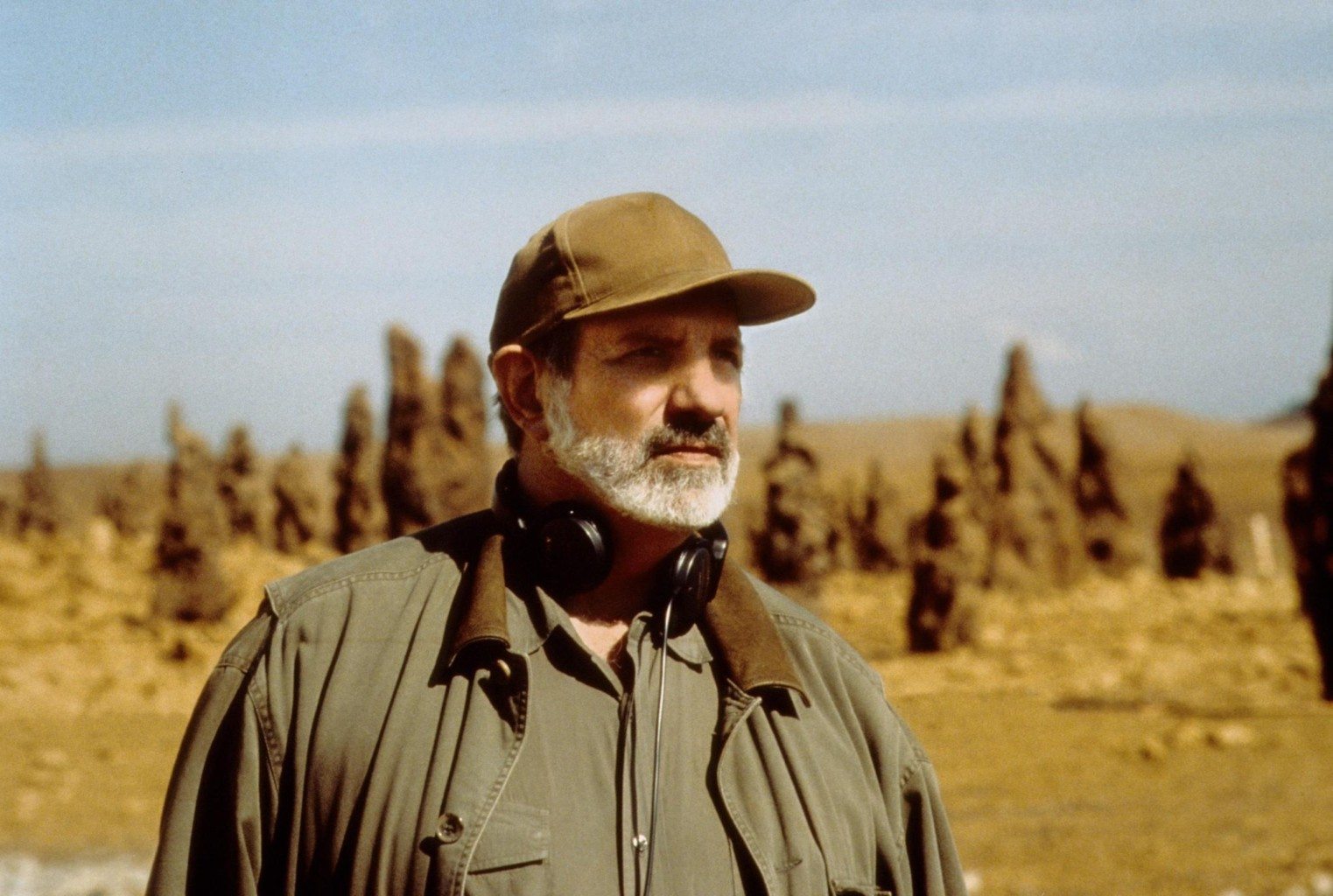
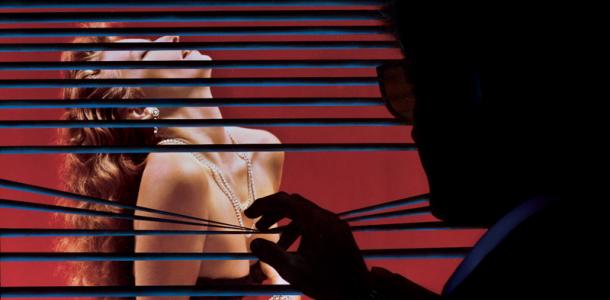


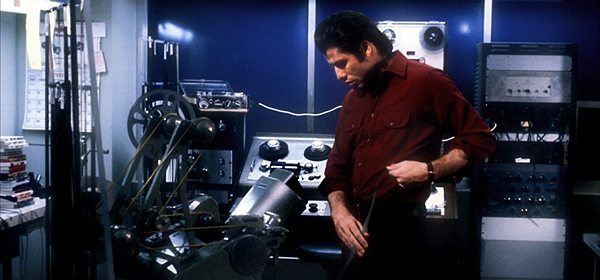
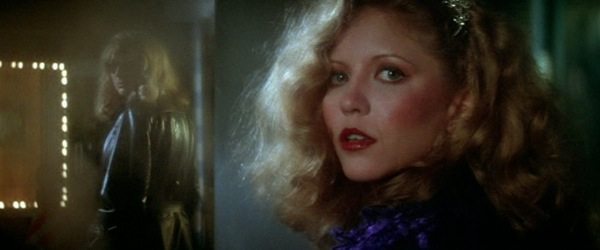
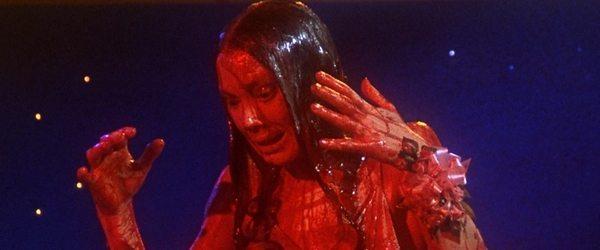
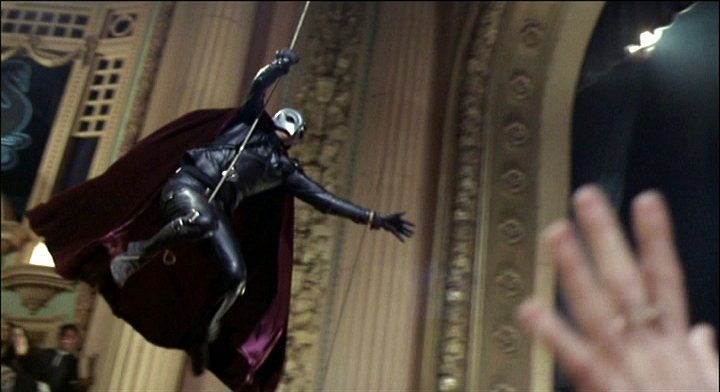
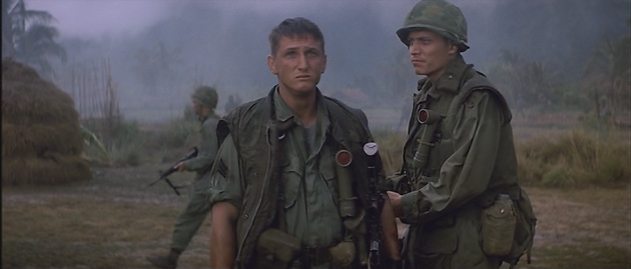
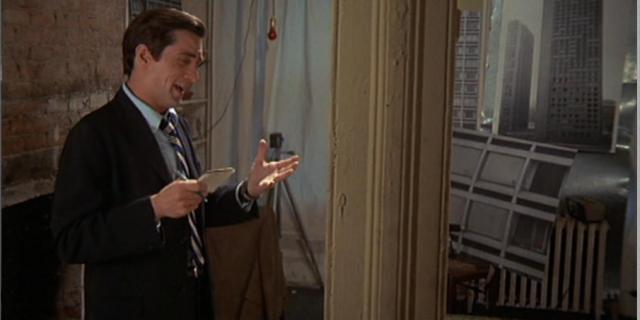
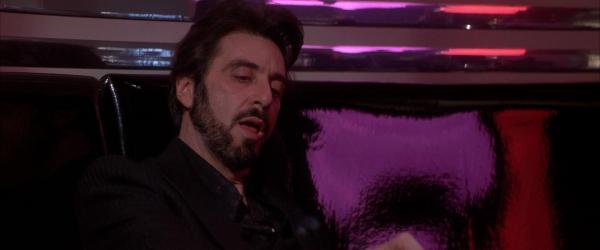
Comments (2)
Scareface and Mission to Mars don’t even belong here! Carlito’s Way #1 !?
WTF! did the person that made this go to imdb.com and use the Eeny, meeny, miny, moe technique!? Sister, The Fury, Femme Fatale…..WHERE ARE THEY! This list is about as useful as an oil spill!!!!!
For a fan of someone as divisive as Brian De Palma, you seem surprisingly intolerant of differences in personal preference but I suppose one of the things which makes this director so special is his ability to provoke such impassioned responses. For every fanatic calling Mission to Mars De Palma’s worst film, you have an Armond White famously stating ‘It can be said with certainty that any reviewer who pans [Mission to Mars] does not understand movies, let alone like them’ or a Jesse Cataldo of Slant Magazine claiming ‘not loving Mission to Mars seems like not loving life’. Obviously both of those statements are going too far and please don’t think that those quotes are my attempt to browbeat you with critical authority, I just find it interesting that even within the cult of De Palma there’s vicious debate (though I’m surprised that you find my choice of number 1 so baffling). Anyway, I’m sorry you didn’t like this list (and I do enjoy all three of the films you mentioned) but I’m afraid I’m sticking to my choices like pig’s blood on a prom dress.